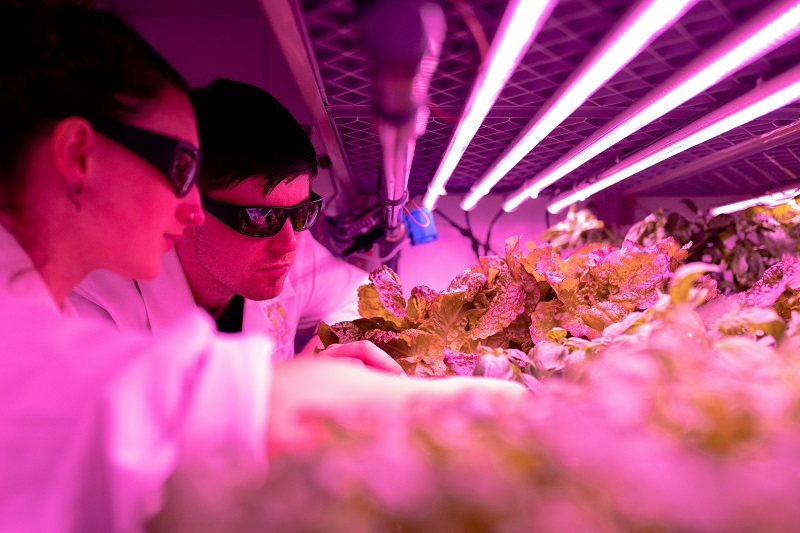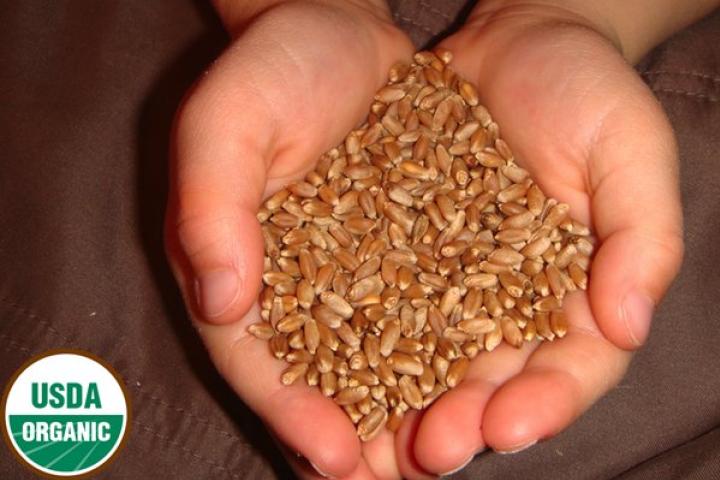Agriculture stands at the precipice of an escalating crisis. Pests and diseases threaten global food security, with the UN estimating that up to 40% of crops are lost annually. Our reliance on chemical pesticides only compounds the problem, with these toxins polluting ecosystems, harming beneficial species, and human health. However, an innovative technology offers a beacon of hope: RNA interference (RNAi), a natural process by which cells regulate gene expression. Scientists are harnessing RNAi to develop a new generation of precise, environmentally friendly pest control methods that could transform the way we protect crops.
The Promise of RNAi
RNAi is a powerful tool for silencing specific genes within an organism. By introducing a double-stranded RNA molecule corresponding to a target gene, scientists can effectively "turn off" that gene. This has the potential to be used for highly targeted pest control. Imagine a crop engineered to produce an RNAi that specifically kills a certain destructive insect species, while leaving beneficial insects, bees, and other non-target species unharmed. This selectivity is in stark contrast to traditional broad-spectrum pesticides.
Early Successes and Challenges
Monsanto (now Bayer) has led the way in RNAi-based pest control. In 2011, they announced a breakthrough: corn genetically modified to produce an RNAi that targets the western corn rootworm. This pest costs American farmers over $1 billion annually in damages and control measures. The RNAi-produced corn could resist the rootworm without the need for insecticides, reducing economic losses and environmental impact. However, challenges remain. RNAi is a fragile molecule and degrades quickly when exposed to heat, light, or enzymes. Delivering it to the target pest in a functional form has proven difficult. Spraying RNAi formulations on crops has shown promise in trials, but ensuring adequate delivery and persistence remains an issue.
Additionally, there are concerns about the potential for pests to develop resistance to RNAi, as they have with traditional pesticides. This highlights the need for careful stewardship and integration with other control methods. Despite these hurdles, the potential of RNAi is undeniable.
The Road Ahead
Scientists are actively working to overcome the challenges. Researchers are exploring new delivery methods and RNAi formulations that enhance stability and uptake. Topical application, rather than genetic modification of crops, is one avenue being investigated. This could allow farmers to use RNAi more selectively, reducing the risk of resistance. Nanoparticles and other delivery systems are being developed to protect the RNAi and target it to pests.
The environmental benefits of RNAi are clear. These pesticides would be incredibly specific, affecting only the targeted species. This contrasts sharply with broad-spectrum chemical pesticides, which harm beneficial insects, contaminate ecosystems, and have potential human health risks. RNAi also has the potential to be used in integrated pest management (IPM) strategies, promoting ecological balance.
The Regulatory Landscape
As RNAi-based products near market, regulatory frameworks are being established. The EPA has set guidance for their oversight. Importantly, RNAi will be regulated as pesticides, but the agency recognizes their unique, low-risk profile. This paves the way for commercialization while ensuring safety.
Conclusion
RNAi-based pest control represents a paradigm shift in how we protect crops. By leveraging a natural biological process, we can create highly targeted, environmentally friendly pest control methods. While challenges remain, the potential to transform agriculture and ensure global food security is immense. As this technology advances, it could play a critical role in building a sustainable future for farming. With continued research and careful implementation, RNAi has the potential to be a game-changer in the fight against pests, promoting a healthier, more resilient food system for generations to come.










